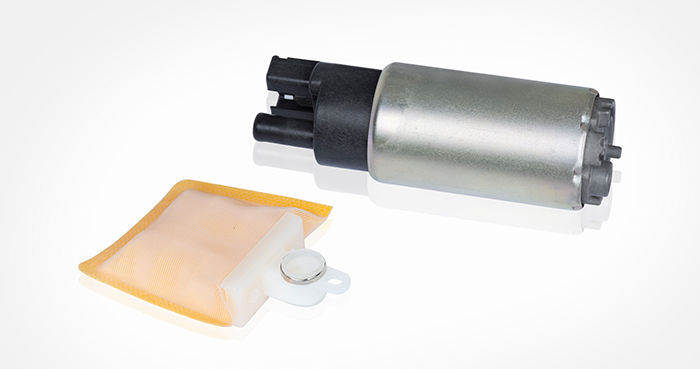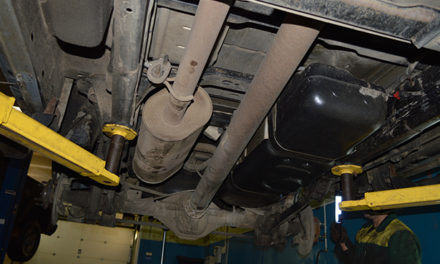Another infuriating issue with fuel system problems is that there are potentially dozens of reasons your fuel system is failing to deliver the right combination of petroleum and air to the engine. Rather than trying to fight the poor performance of your vehicle by doing things like over-revving the engine or adjusting the carburetor or fuel injection when you aren’t really sure what you are doing, it’s best to move step-by-step through a process of elimination until you fix the problem.
Simple Solutions That Might Do The Trick
If the vehicle will run, but it runs bad and seems to be starving for consistent fuel. Sometimes it best to start at the least expensive item• Replace the Fuel Filter – Replacing the fuel filter is the easiest step toward fixing your fuel system woes and is often the solution. It’s also extremely inexpensive and it’s hard to make matters worse because it is such an easy swap. It also should be part of your normal maintenance routine. Depending on what the OE manufacturer calls for skipping this step can cause big problems over time.
Testing Fuel Pump
If this solution doesn’t fix the problem, the next simplest thing you can do without any extremely expensive equipment tests the fuel pump. There are three tests you can do that will tell you if the issue is with your fuel pump.
Test the Relays – If the vehicle won’t start, but there is fuel in the tank and the starter cranks, the issue might be the relays running to the fuel pump. The first thing you want to test on a fuel pump is the relay and you can do so with a voltmeter. Turn the voltmeter setting to ”continuity” and touch the positive receptor to the positive terminal and the negative receptor to the frame of the vehicle. If the voltmeter indicates that you have continuity, the problem isn’t your relay.
Test for a Pump Voltage Drop – Testing for a voltage drop is similar to testing for continuity, but rather than a yes/no diagnosis, it will tell you how many volts from the battery fail to arrive at the fuel pump and how many fail to make it back. Place the voltmeter dial on the volts setting. You will test both the positive and negative leads running from the battery to the pump.
Place the positive receptor of the voltmeter on the positive battery terminal and the negative receptor on the positive terminal of the pump. Start the engine for two seconds, read the drop on the voltmeter and kill the engine.
Test the negative lead in the same manner, only reverse where you place the receptors of the voltmeter. Touch the negative voltmeter receptor on the negative battery cable terminal and touch the positive receptor to the negative terminal on the pump. Start the engine, read the voltmeter and shut down the engine.
Anything more than a 0.05 loss in voltage on either side of the circuit means you have a problem in the lead between the battery and the fuel pump.
Test Fuel Pump Pressure – Find the fuel pressure port on the fuel rail. The fuel rail is a metal tube that runs from the fuel line to the fuel injector. The test port is round and can be unthreaded from the rail. Remove it and thread a fuel pump gauge onto the rail. Start the engine and read the gauge. Consult your vehicle’s repair manual to determine if there is sufficient pressure to feed the engine.
Other Tests
If you’ve replaced the fuel filter and tested the pump, other options you might consider are:• Replace the Fuel Lines
- Check the Gas Tank for Condensation
- Test the Fuel Sensors
- Adjust the Carburetor


![[Vehicle Fitment]: Compatible with Chevrolet Impala 2008-2010(Vin K), 2011 V6 3.5L Flex---with 3 Tube Ports, with Fuel Level Sensor [Reference Number]: 19168393, 19179789, 19257910, 23120334, E3786M, M100047, M100133, M10175, P76666M, SP6622M [Packag...](https://m.media-amazon.com/images/I/41ZoMb36cnL._SL160_.jpg)








![[OE Auto Parts] - FJ732 05037479AA Performance fuel injectors sold by Pjvmvo are OE parts.We use VIN matching to ensure the integrity of our inventory and accuracy of product descriptions.Offer high quality, and long-lasting performance. [Fitment] - ...](https://m.media-amazon.com/images/I/51pCSQIeFnL._SL100_.jpg)



